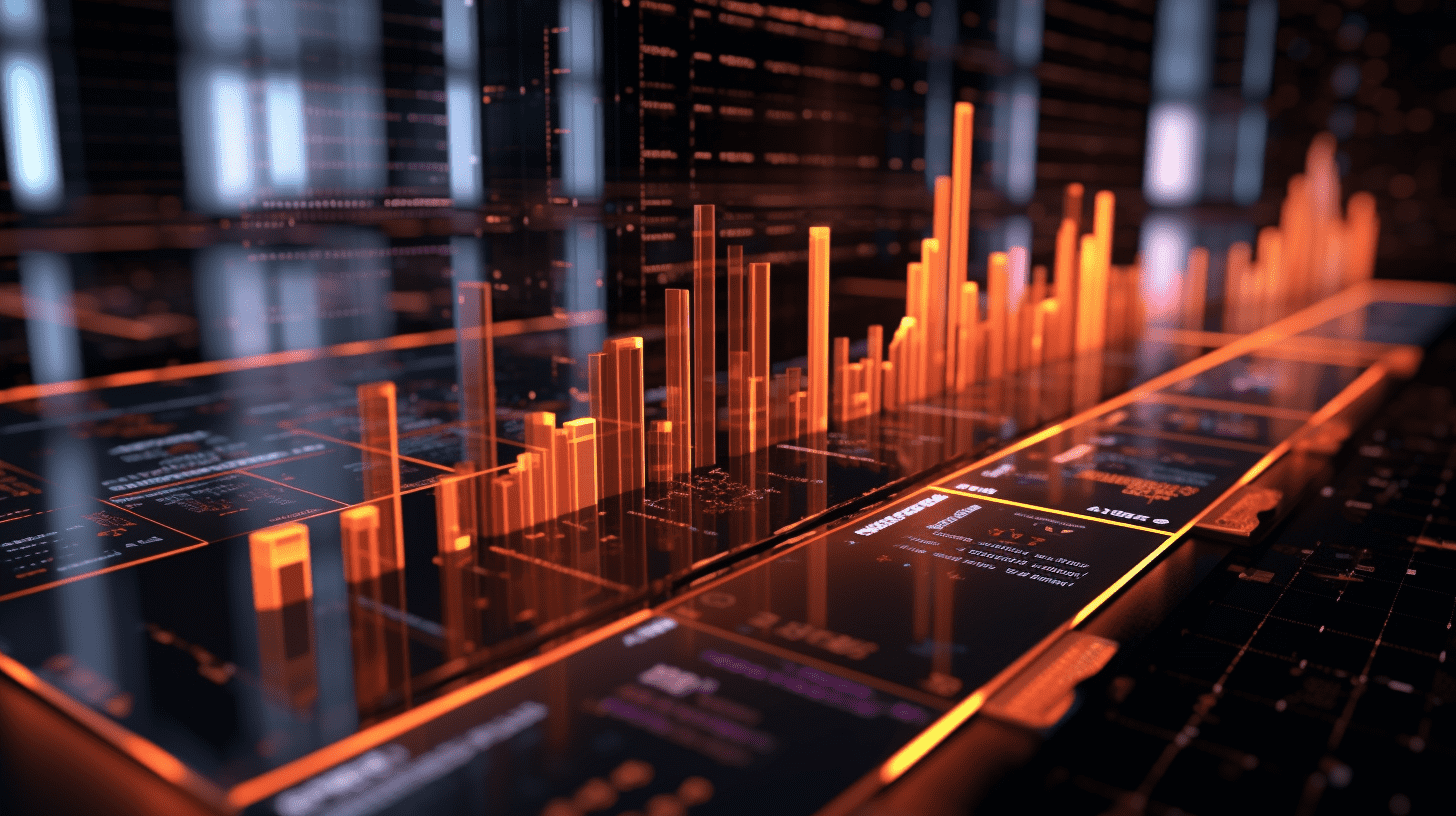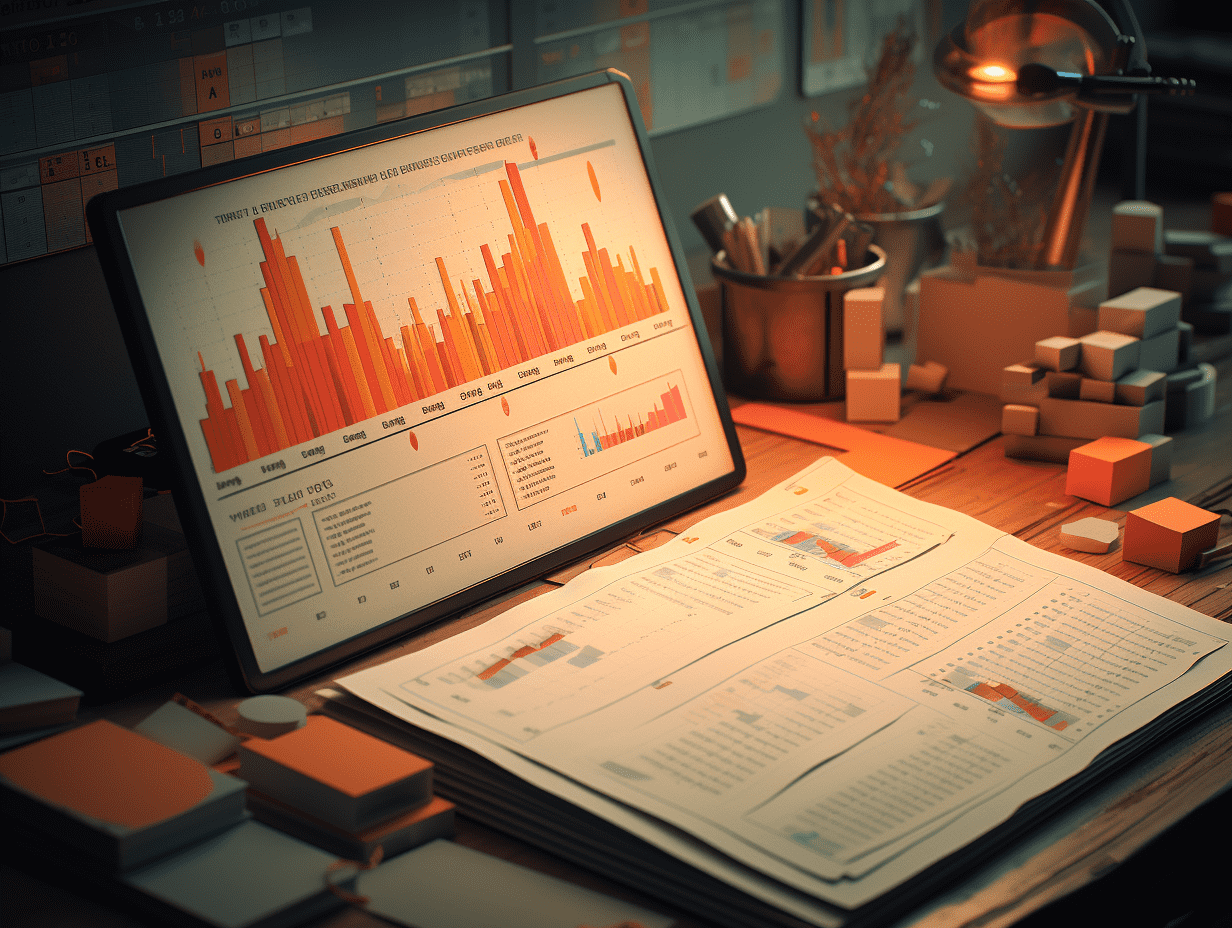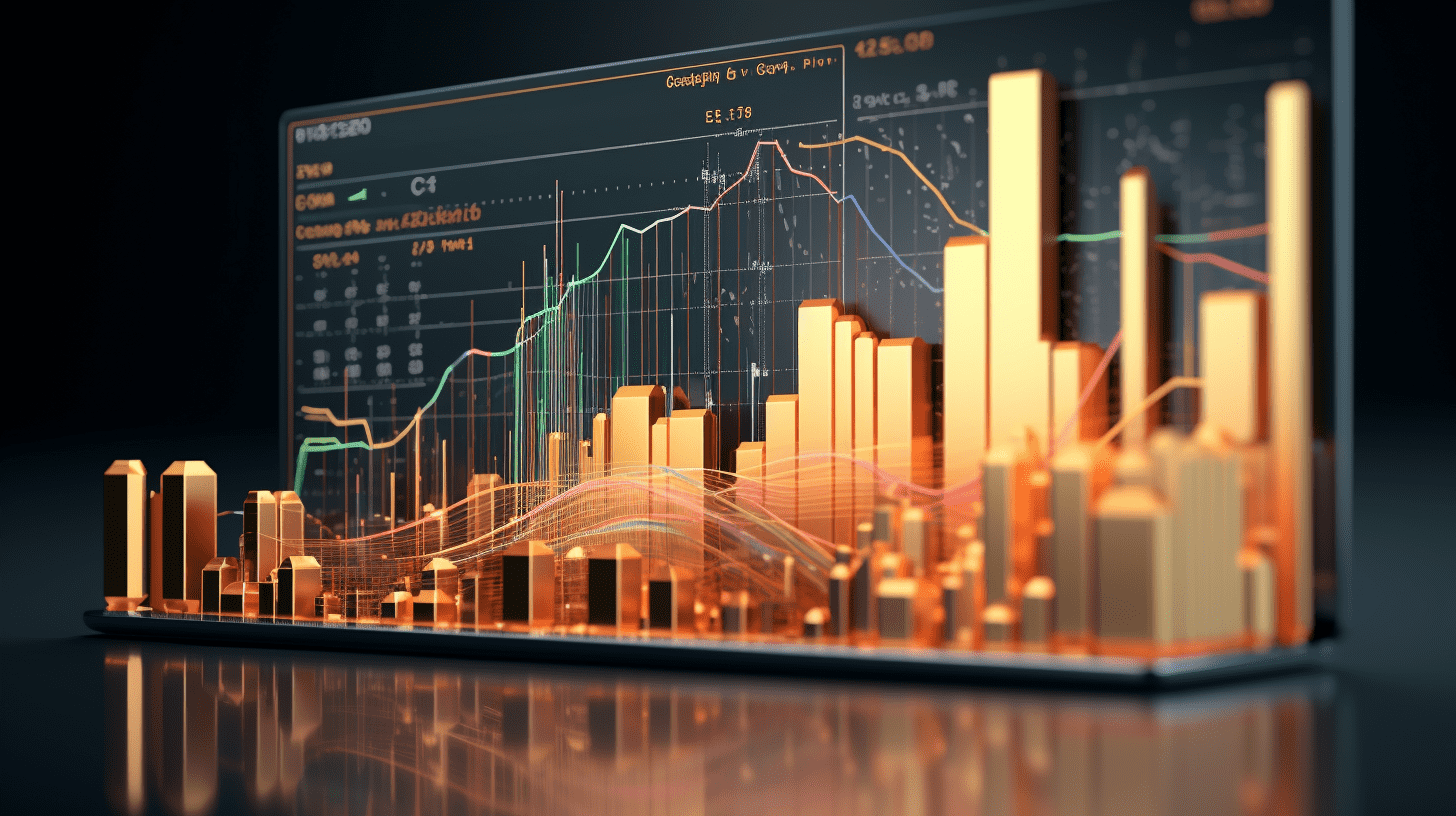Samsung Electronics (SSNLF.US) reported a year-on-year revenue growth of 10% in Q1, reaching a historical high, with strong rebound in their storage business.
Thanks to the strong sales of the flagship smartphone Galaxy S25 series and the recovery of demand for storage chips, Samsung Electronics' revenue and operating profit in the first quarter both exceeded market expectations.
Thanks to the hot sales of the flagship smartphone Galaxy S25 series and the recovery of storage chip demand, Samsung Electronics (SSNLF.US) surpassed market expectations in both revenue and operating profit in the first quarter. The Korean tech giant demonstrated resilience at the bottom of the semiconductor cycle, but the competitive landscape in the high-end storage chip sector is undergoing profound changes. The financial report shows that Samsung's Q1 revenue reached 79.1 trillion Korean won (about 55.4 billion US dollars), a year-on-year increase of 10%, setting a new single-quarter historical record; Operating profit was 6.7 trillion Korean won, a year-on-year increase of 1.5%, surpassing analysts' average expectations by 4.7%. Among them, the operating profit of the chip business reached 1.1 trillion Korean won, an increase of 7% quarter-on-quarter, with memory business revenue nearly doubling year-on-year, becoming the core growth engine.
The company explained that the growth of the memory business was mainly driven by the expansion of server DRAM sales and meeting additional demand against the backdrop of bottoming out NAND flash prices. The surge in demand for AI servers has driven the growth of orders for high-bandwidth memory (HBM) and other high-end products, but Samsung admitted that its HBM sales have been affected by US export controls on AI chips and the transition period for new product iterations, leading to delays in some demand.
The drastic changes in the industry landscape are the main focus. According to Counterpoint data, SK Hynix's Q1 DRAM market share reached 36%, surpassing Samsung's 34% for the first time, mainly due to its absolute advantage in the HBM field - SK Hynix holds over 90% of the global HBM market share, while Samsung has delayed HBM3E mass production due to yield issues, missing out on some AI orders.
Samsung admitted in the financial report that there is still downward pressure on the average selling price of storage chips, but it is expected that in the second half of the year, with the continued surge in demand for AI servers and the introduction of new customers, high value-added products (such as HBM, 12-layer and above NAND) will improve the profit structure. The company plans to expand HBM capacity and accelerate the transition to 1b nanometer level DRAM processes.
Samsung maintains its expectations for a recovery in the semiconductor industry for the whole year, but warns that political factors and a global economic slowdown pose uncertainties. The company expects that if trade tensions ease, the momentum for improvement in performance in the second half of the year will further release, with AI server-related business expected to contribute over 30% of the profit increment in the chip business.
The battle for storage chips triggered by AI is shifting from a technological race to a comprehensive competition in commercial applications. Whether Samsung can reclaim the throne with the mass production of HBM3E will be a key indicator to observe the evolution of the semiconductor industry landscape.
Related Articles

HK Stock Market Move | Tiangong International (00826) rose nearly 4% in the afternoon. Its subsidiary, Tiangong Gongfen, has started new stock subscription on the Beijing Stock Exchange on April 28th.

Guosen: Overall air conditioner production in April maintained growth, with refrigerant prices rising beyond expectations.

UBS Group AG (UBS.US) reported better-than-expected Q1 profits, but the impact of tariffs still casts a shadow over the outlook.
HK Stock Market Move | Tiangong International (00826) rose nearly 4% in the afternoon. Its subsidiary, Tiangong Gongfen, has started new stock subscription on the Beijing Stock Exchange on April 28th.

Guosen: Overall air conditioner production in April maintained growth, with refrigerant prices rising beyond expectations.

UBS Group AG (UBS.US) reported better-than-expected Q1 profits, but the impact of tariffs still casts a shadow over the outlook.

RECOMMEND

Under the threat of tariffs, the trade deficit of US goods has reached a historical record! There is a high probability that the GDP will suffer a heavy blow in the first quarter.
30/04/2025

From AI chatting to online shopping, OpenAI is striving to make ChatGPT the "universal application" of the AI era.
29/04/2025

Deutsche Bank warns: Overseas investors continue to withdraw from US assets, challenging the status of the US dollar.
29/04/2025


